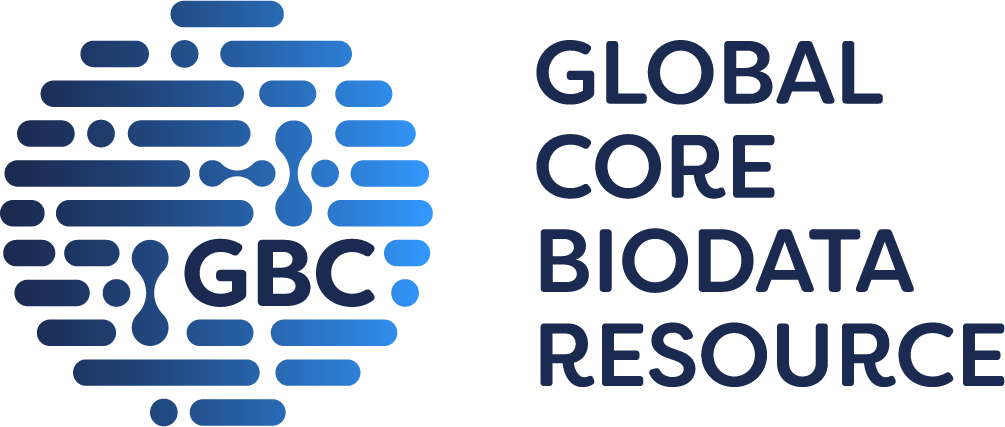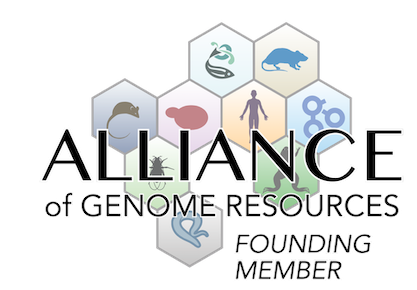• during prophase I of meiosis, all leptotene spermatocytes (stage VII-IX) show marked premature chromatin condensation; chromatin is largely detached from the nuclear membrane, occupying only a small fraction of the nucleus
• zygotene (X-XI) spermatocytes exhibit more compact chromatin than wild-type cells; however, by pachytene, nuclei recover a nearly wild-type histological appearance
• crossover analysis in pachytene spermatocyte spreads immunostained for SYCP3 (a component of the synaptonemal complex) and MLH1 (a marker for meiotic recombination events) shows significantly fewer MLH1 foci per nucleus (21 versus 26 in wild-type nuclei), an increased % of bivalents with no MLH1 focus, and a decreased % of bivalents with two MLH1 foci
• pachytene bivalents exhibit significantly less crossover interference for chromosomes 14-19 (8.498 versus 11.274 in wild-type) and chromosomes 11-13 (9.479 versus in 11.037 wild-type), as determined by the gamma shape parameter
• 79% of diplotene nuclei have at least one univalent chromosome pair versus 32.5% in wild-type nuclei
• abnormal diplotene spermatocytes show an average of 4 sets of univalents per nucleus versus 1.8 in wild-type nuclei; of the nuclei with at least one set of univalents, none affect only sex chromosomes, 36% affect only autosomes, and 64% affect both autosomes and sex chromosomes versus 21%, 43%, and 36%, respectively, in wild-type nuclei
• overall meiotic phenotypes (persistent DNA damage, decreased crossovers and crossover interference, and chromatin condensation defects) are consistent with an inability to process/resolve DNA-protein crosslinks (DPCs)
 N
N


 Analysis Tools
Analysis Tools
